Is it normal that houses are built so close to gas pipelines? We investigate
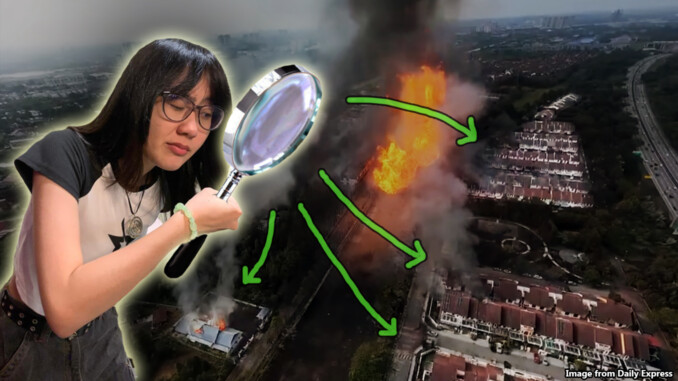
- 177Shares
- Facebook106
- Twitter6
- LinkedIn6
- Email8
- WhatsApp51
After the gas pipeline explosion in Putra Heights that sent a literal mushroom-shaped fireball into the sky, some Malaysians started asking the same question we did, i.e. “Why got house so dekat with the gas pipelines one?”
And to be honest, it’s a fair question. The blast looked super serious (you could literally see it from the skyline) and just thinking of the damage it had done and could potentially do is already so awful we don’t even wanna go there.
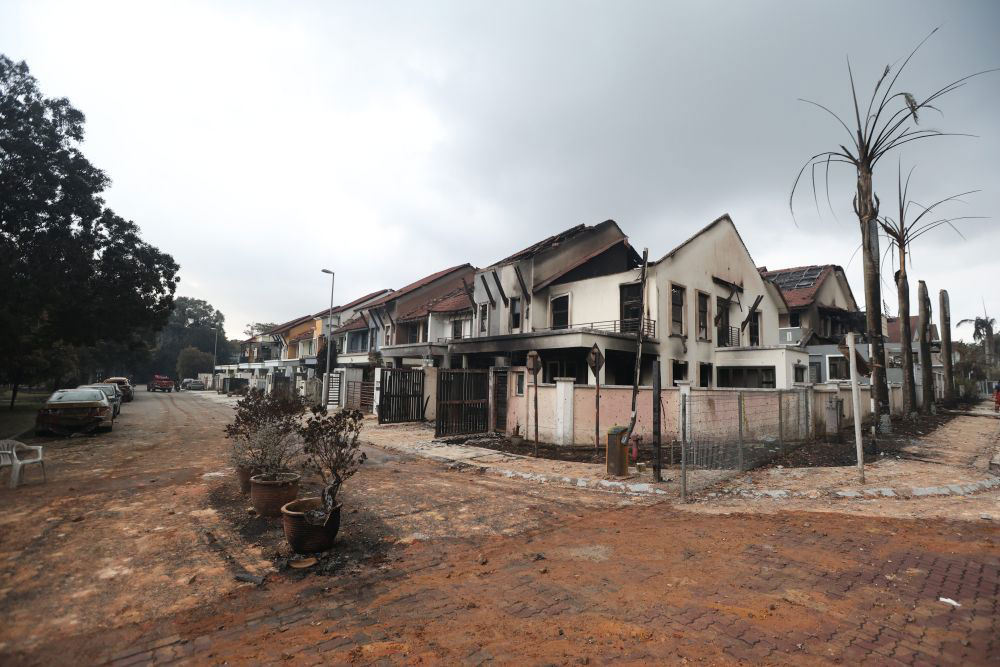
But the explosion also triggered another concern – if that one pipeline could kaboom like that… how many other pipelines are snaking under Malaysian neighbourhoods that could go off just as suddenly?

So being the curious little urban investigators we are, we decided to check how many neighbourhoods were within close vicinity of the pipes. And because we’re all about serving our beloved readers, we didn’t just stop at Putra Heights, we also covered (most of) the Klang Valley.
We spent way too long on Google Maps tracing a literal line across towns
You probably would’ve seen this big old map (so big it crashed our editor’s computer 😰) floating around the internet, thinking that it’s accurate and reliable and will show exactly where the gas pipeline goes.
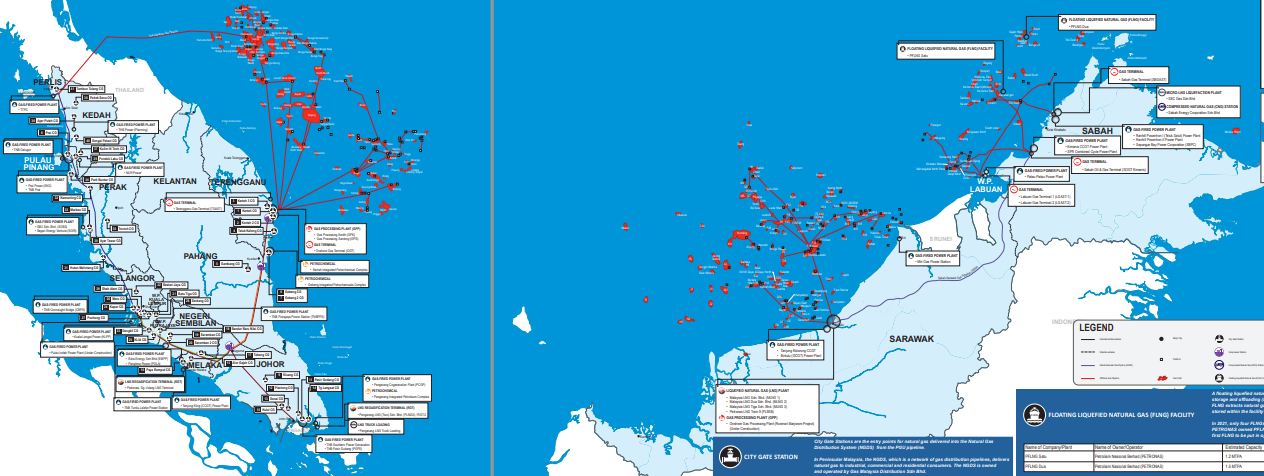

Um, yes and no.
While it is a pretty nice looking map, it actually only shows an approximation of the pipes. And even when you superimpose the map onto a map with actual landmarks, the pipelines lari so much it’s playing its own game of Where’s Waldo. Eeeep.
So we went old school.
Surprisingly, the pipeline actually shows up on Google Maps as a faint, rectangular trail that’s kind of discoloured and looks like balding grass. So we started tracing the pipeline path from the explosion site in Putra Heights using satellite view, basically following it all the way to both ends to figure out where it runs.
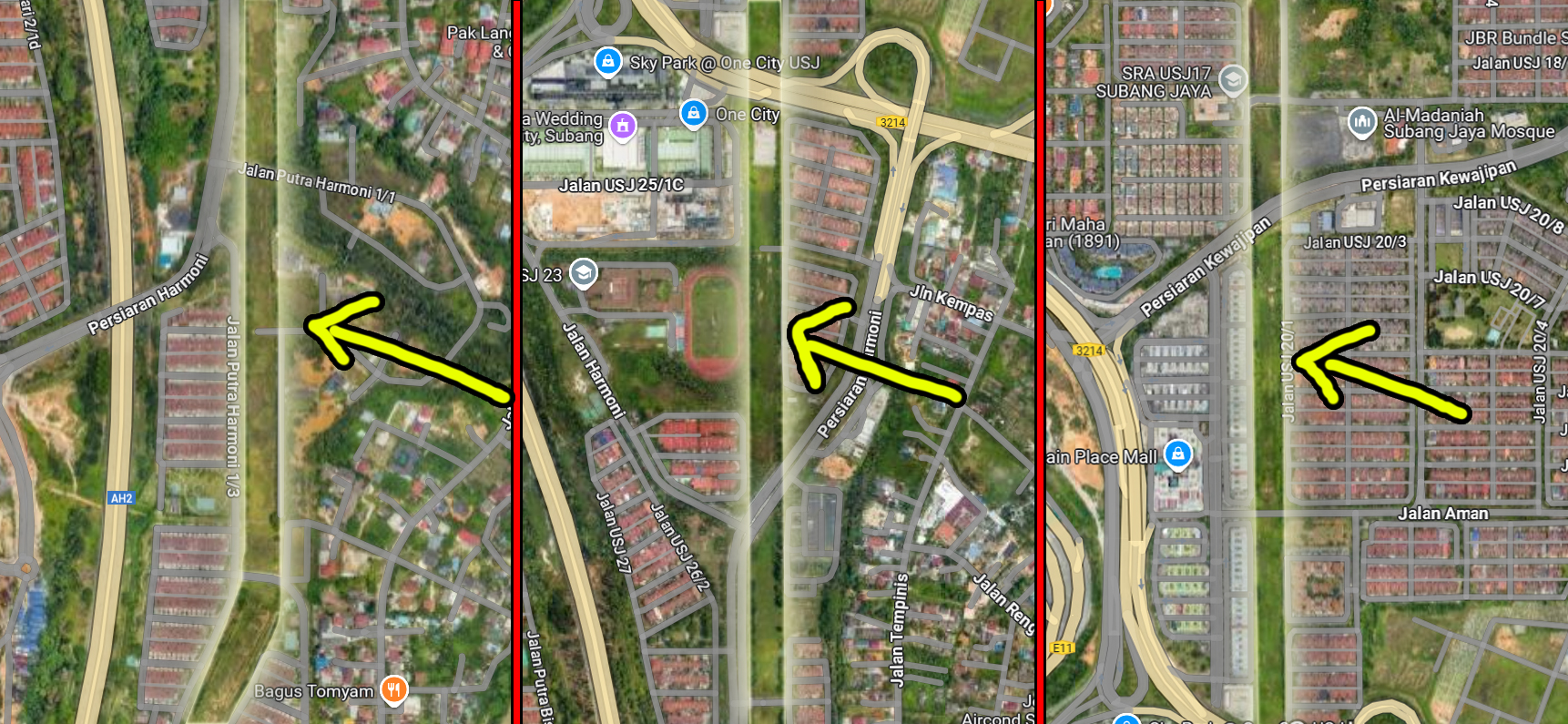
You can also give it a try, but note that there are tons of TNB transmission lines criss-crossing the country looking very similar. The trick was that every time we lost track of our trail, we’d jump into street view and scout for these yellow danger signboards. Then it was a matter of rinse and repeat.

Now that we’ve got our method sorted…
These pipelines have tamans sprouting left, right, and centre (read: EVERYWHERE)
We were originally planning to count how many housing areas were near the pipeline. But by the time we hit Shah Alam, we gave up. Not because we were lazy (okay maybe 10% lazy), but mostly because there were just too many. And if we did actually take out a pencil to count, this article will prolly only come out next month.
From Sepang to Dengkil to Cyberjaya, Puchong, Putra Heights, Shah Alam, Setia Alam and Kapar, everywhere we traced the line, it kept passing next to or right through residential areas.
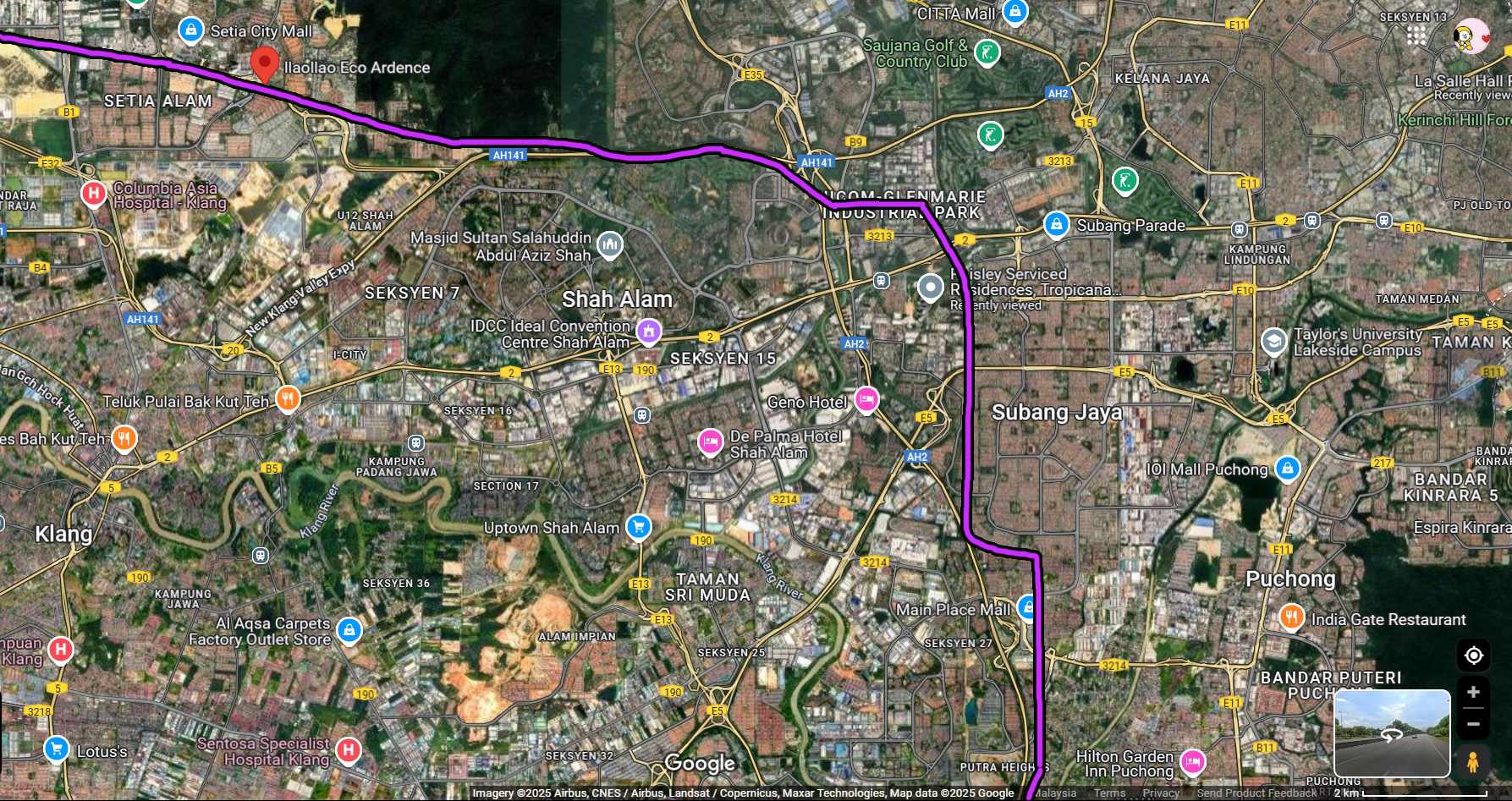
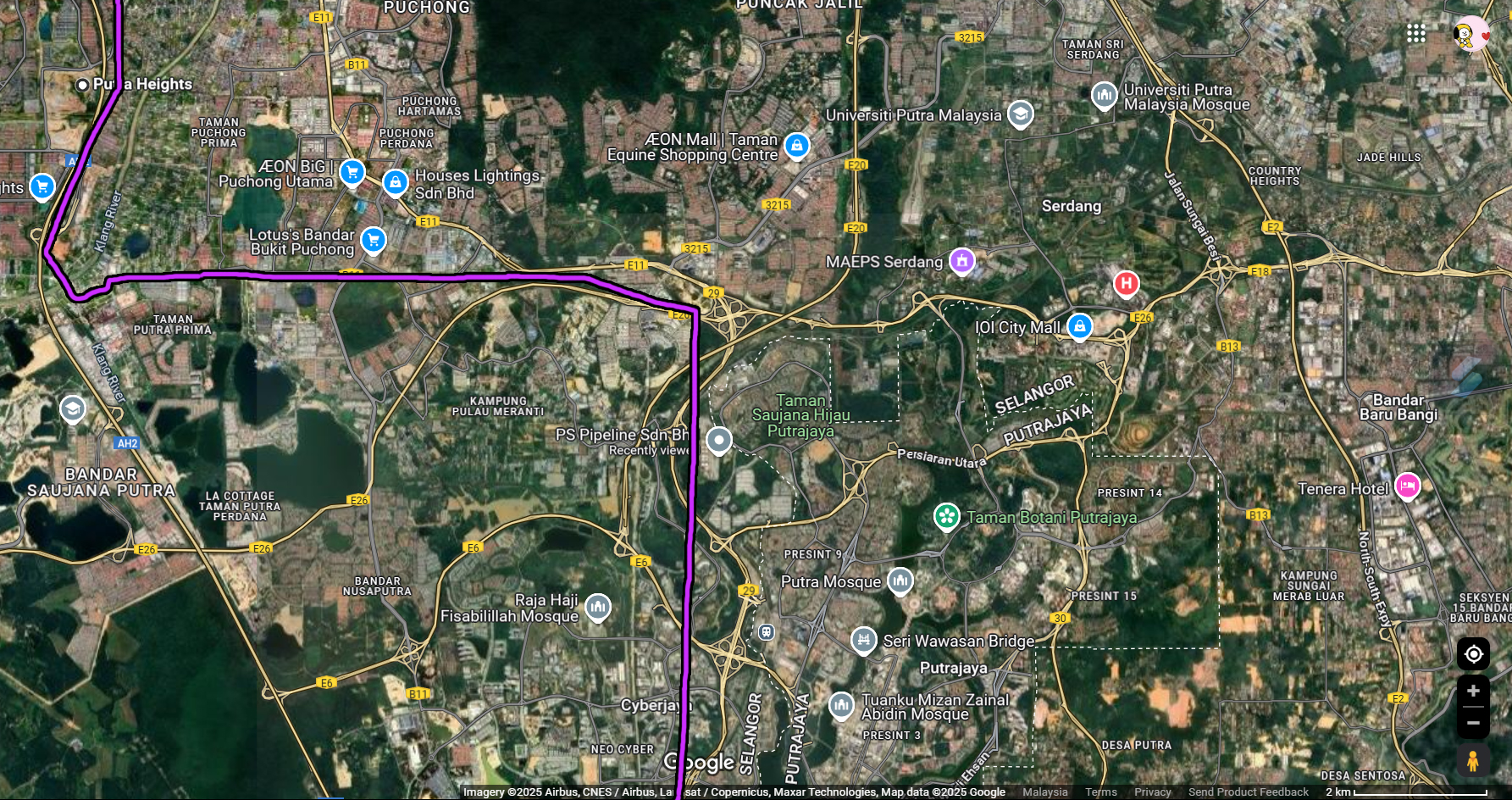
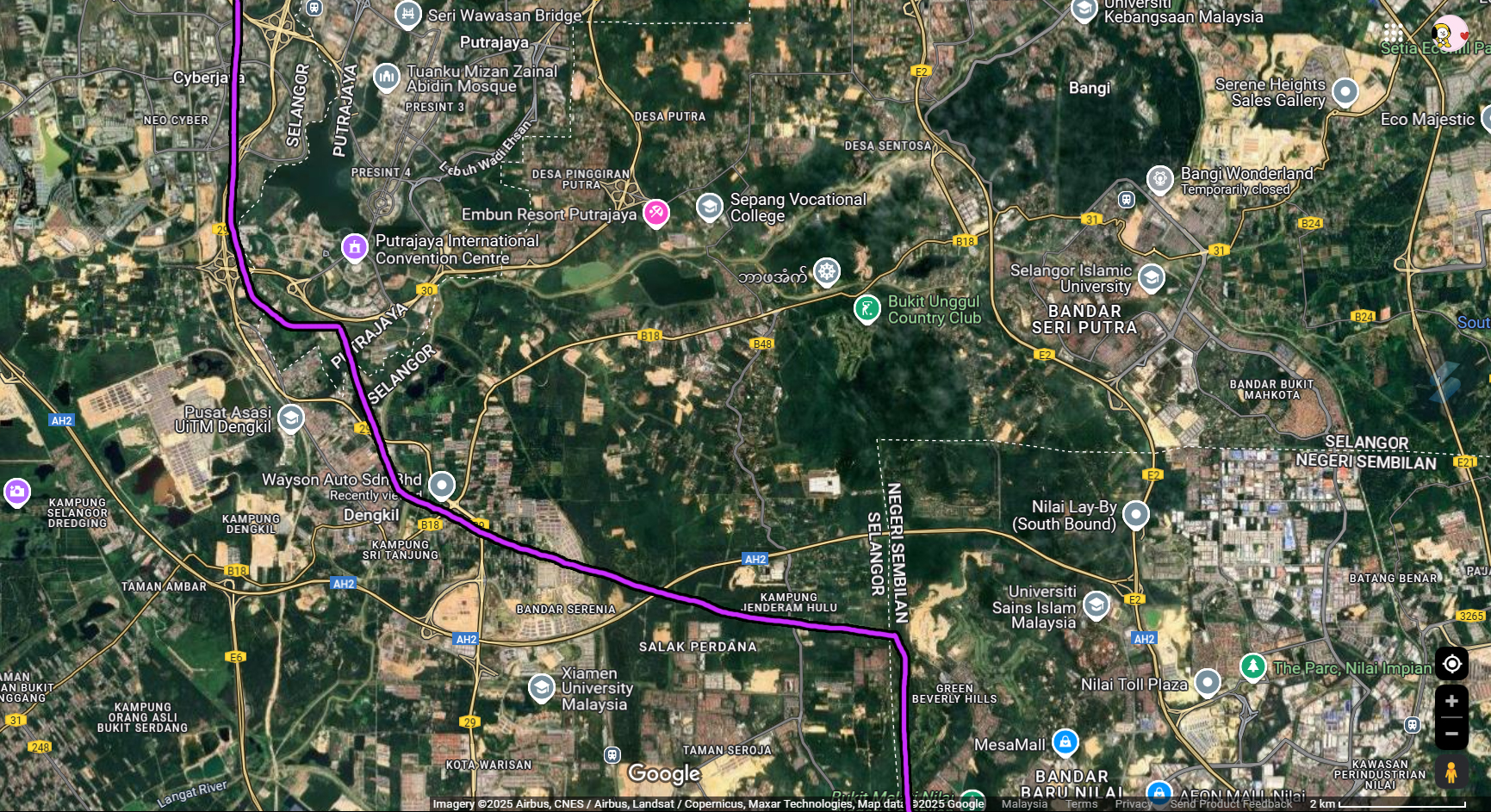
Just from a 3.5 km stretch in Setia Alam we encountered around 6 tamans back to back on both sides of the pipes. Some had buffer zones, where the pipelines went through a no-man’s-land of shrubs and wire fencing. But some others… guys, it was literally just someone’s backyard. 😵💫
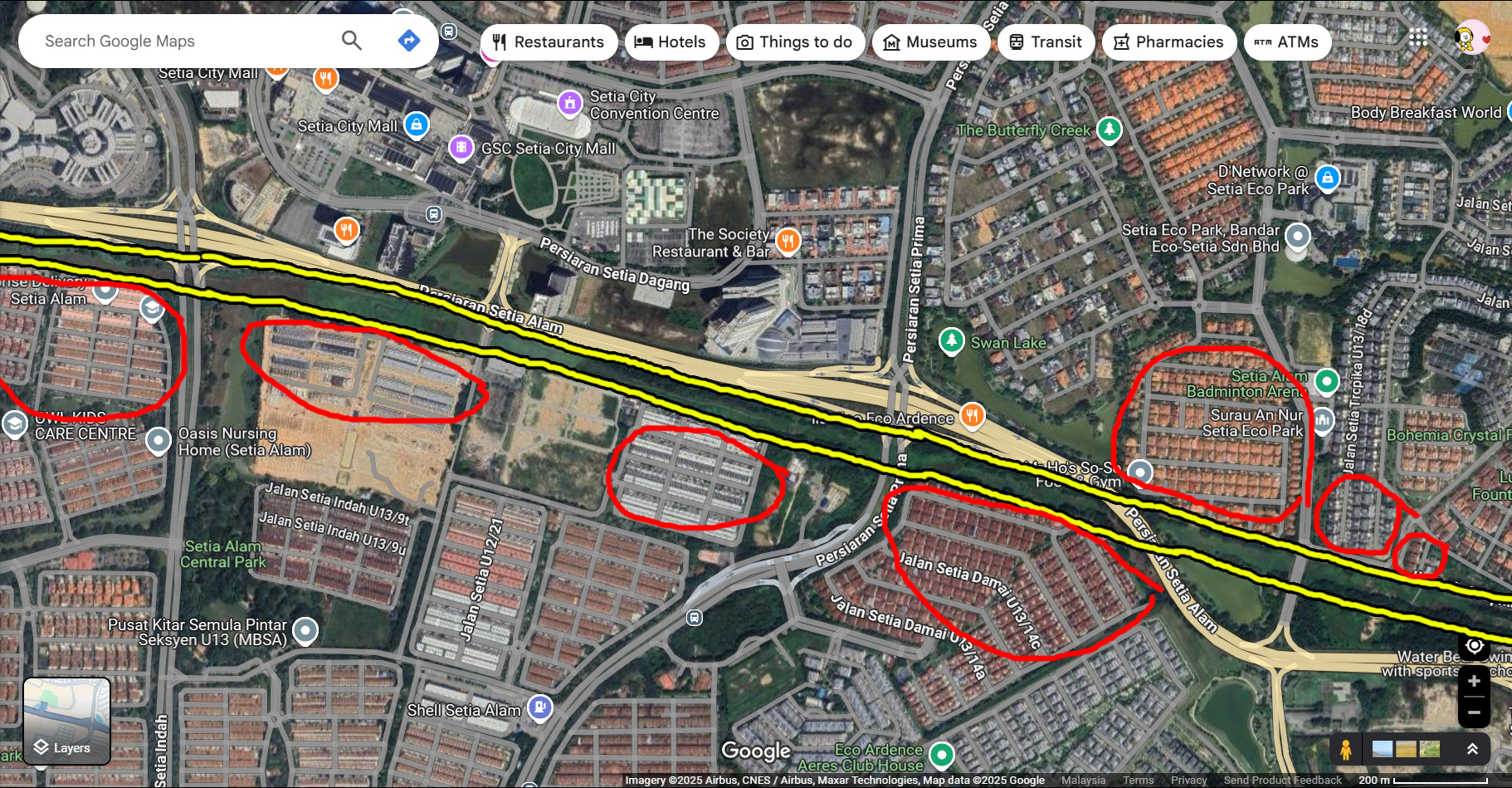
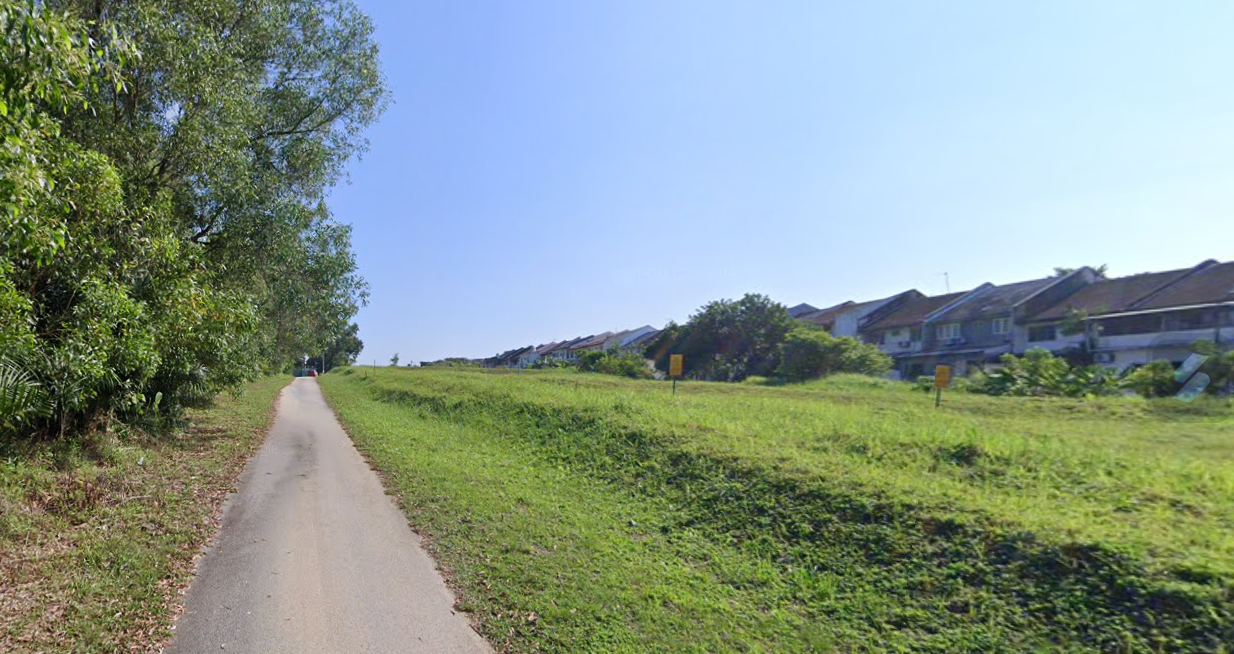
And this is where it gets scary.
The Putra Heights incident looked bad, like apocalyptic movie trailer bad. But there were miraculously no casualties. Some might say it was because the pipeline had some kind of buffer zone around it. You know what doesn’t have buffer zones tho? A lot of kampung houses and unregulated developments.
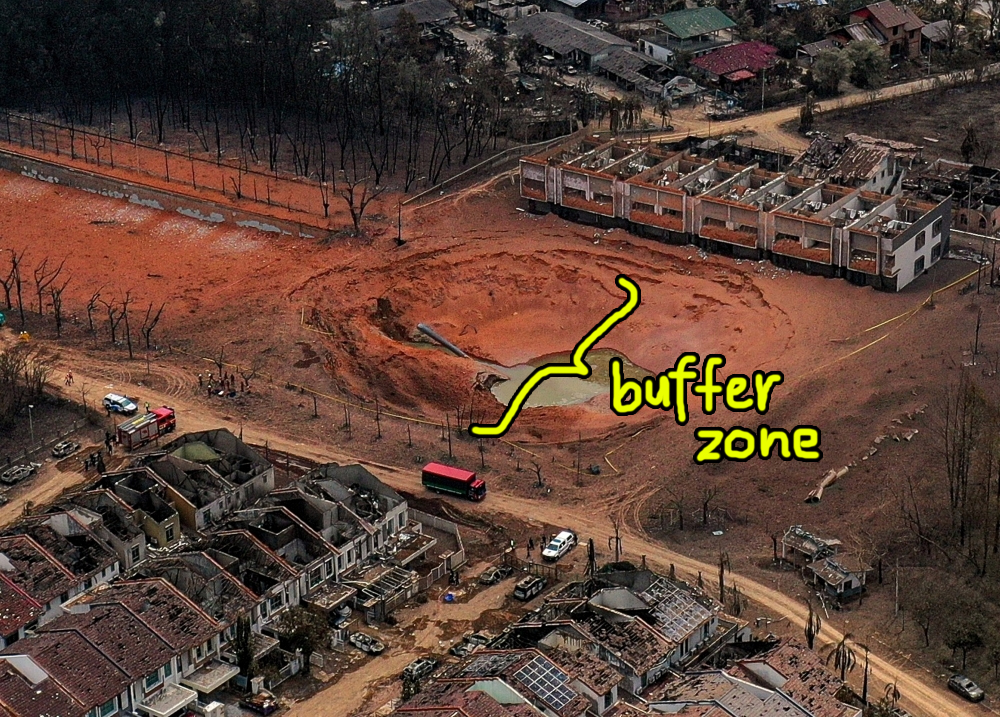
While tracing the line into more rural areas, we saw rumah kampung after rumah kampung built right up to the pipeline. To reiterate, there were no fences, no barriers, not even a single flower between them. It’s hard to say whether these got official approval or just kinda happened, but we now all know what disturbed soil can do.
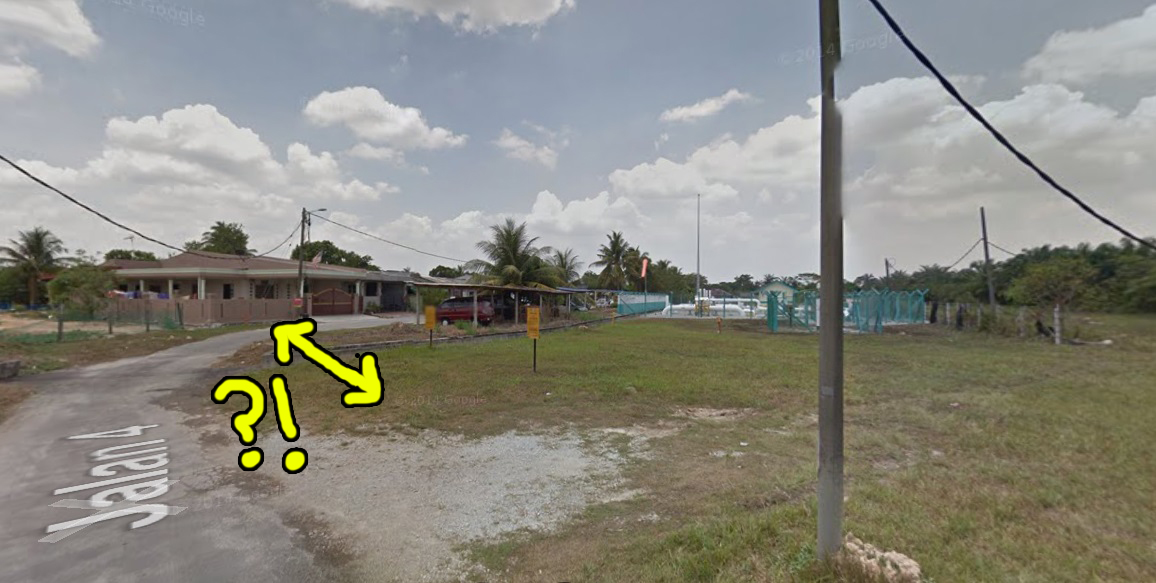
….But surely there are rules to prevent this, right?
Yes, Malaysia got SOP for these high-pressure gas pipelines too
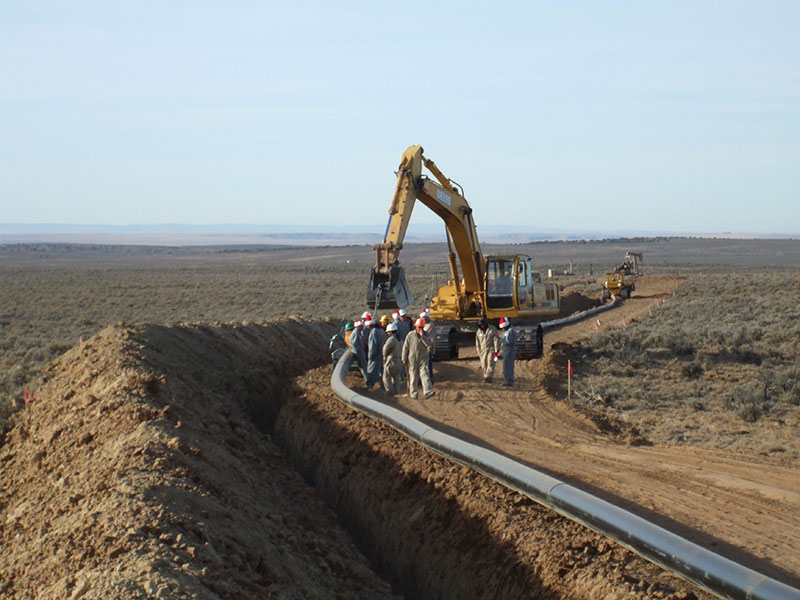
There’s probably a whole jungle of rules we didn’t manage to get to, but here’s a TLDR on what we did find:
- The Planning Guidelines for Infrastructure and Utilities (JPBD) recommends a minimum setback of 30 metres from gas pipelines.
- The Gas Supply Act 1993 and Gas Supply Regulations 1997 say that license holders (like Petronas Gas Berhad) have to make sure their pipelines are operated and maintained safely.
- The Energy Commission (ST) has a Code of Practice that outlines safety standards and procedures when any construction or excavation work happens near pipelines. Anyone doing this kinda work needs to get written approval and supervision.
BUT, and this is a flaming hot but, it’s not super clear how strictly these are enforced in kampung areas or in cases where the developments happened ages ago. Also, in light of the Putra Heights incident, tons of experts have come out and said that the Malaysian guidelines are in dire need of a sparkling new update.
“Urban planning expert Abdul Razak Abdul Rahman said current guidelines set a minimum safe distance of 30 metres from high-pressure gas pipelines, but questioned whether this was sufficient, suggesting the distance should be extended to between 50 and 100 metres,” — via Sinar Daily
“Currently, monitoring and inspecting gas pipelines are under the ST and it is responsible for safety compliance and periodic inspection schedules. But the MBSP views the recent pipeline fire seriously and as a follow up measure, discussions will be held with the related authorities on the need for guidelines of standard operating procedures for gas pipelines in the MBSP area,” – H’ng Mooi Lye, Penang Local Housing, Town and Country Planning Committee chairman via Bernama
All of which brings us back to the burning (not literally, hopefully) question we started with…
Is it normal that houses are being built so close to gas pipelines?
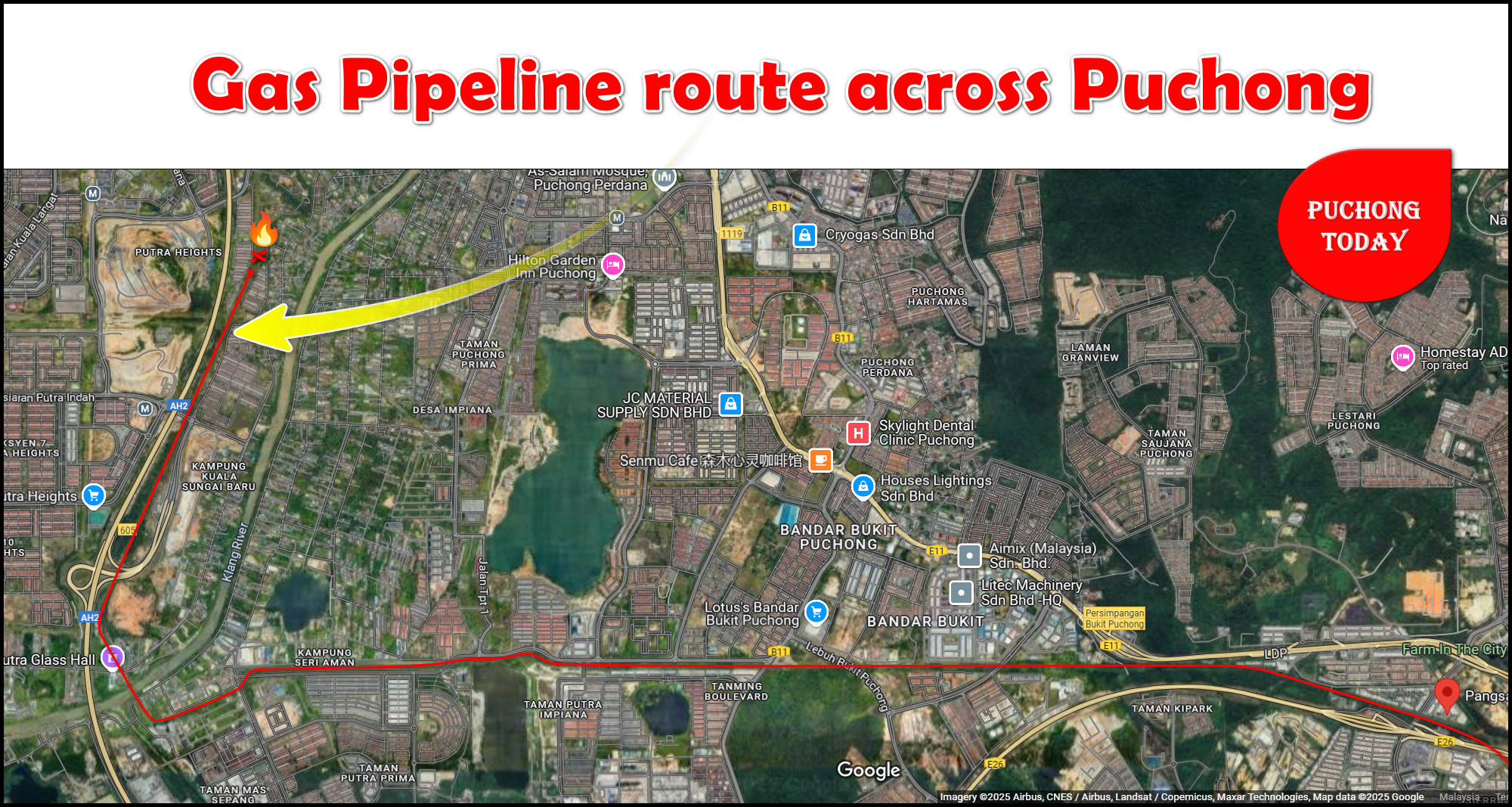
In short, it kind of is. According to a former Petronas Gas Berhad (PGB) project engineer, these pipelines are designed to run through residential areas, as long as there’s a buffer zone around them to stop people or their backhoes from getting too close. So mayhaps it’s not so much the pipelines we should be directing our judgmental eyeballs at, but rather what is built around them.
“Actually, the gas pipeline is buried deep beneath the ground and unless there is someone digging in that area, there is no danger. All over Malaysia, there are gas pipelines serving housing areas and petrol station,” – H’ng Mooi Lye, Penang Local Housing, Town and Country Planning Committee chairman via Bernama
So what went wrong in Putra Heights? We won’t speculate too much until the official report drops but the general consensus is that Malaysia’s long standing hobby of simply building first and asking questions later might’ve finally caught up with us.
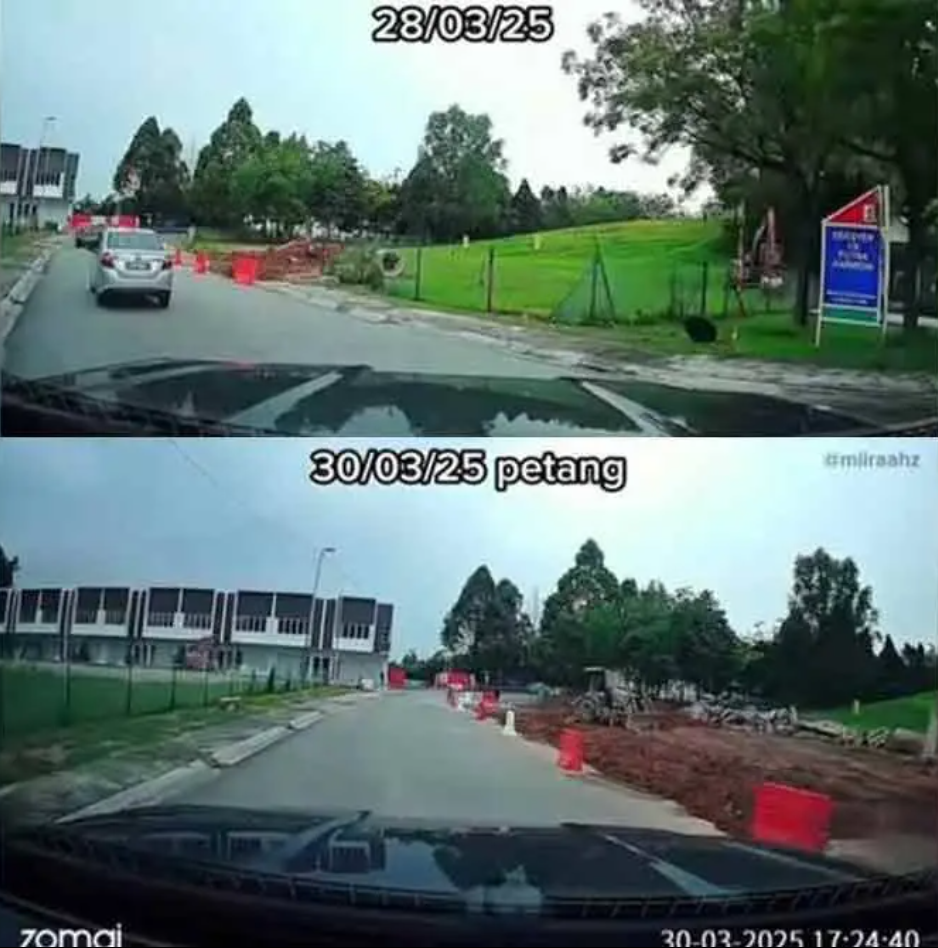
Right now, investigations are digging into (yes, we had to) whether there were any shady approvals or outright illegal developments happening along the pipeline route. Because while the pipeline system may be engineered for safety, the bigger danger might be our sloppy approach to urban planning.
- 177Shares
- Facebook106
- Twitter6
- LinkedIn6
- Email8
- WhatsApp51
